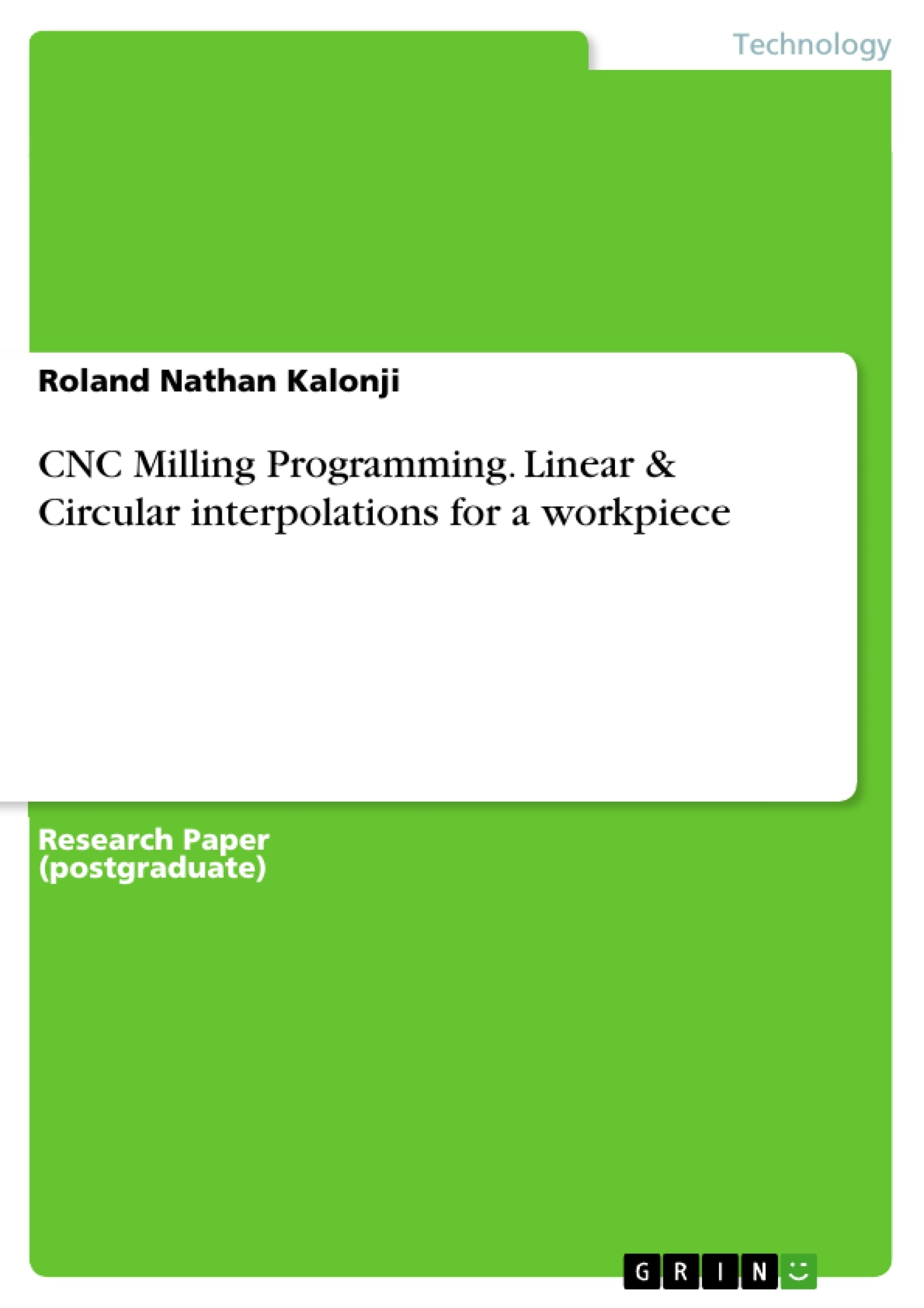Abstract or Introduction
A combined 3D linear and circular interpolation principle is developed on the basis of the 3D linear and circular interpolation principles. The task was to choose and design a creative item to be machined using CNC machining, which then required to write a code using CNC language. Prior to the machining process, we did a Computer Aided Design (CAD) drawing of the workpiece. The drawing was further modified with the final model drawn using Auto Desk Inventor. We used foam for our model and a 31 diameter end mill tool. The main problem that was experienced was the cutting time; the model took longer to be complete. The cutting time was affected by the complexity of the design, chosen tool size and the cutting technique. Besides, we learnt from the demonstration that the shorter the constructed code the more robust it is, using a bigger tool is more efficient in terms of saving energy and time, and that if the code is correct the CNC machine model becomes identical to that of the product Design.
- Quote paper
- Roland Nathan Kalonji (Author), 2017, CNC Milling Programming. Linear & Circular interpolations for a workpiece, Munich, GRIN Verlag, https://www.grin.com/document/416904
Publish now - it's free






















Comments